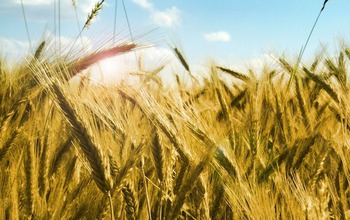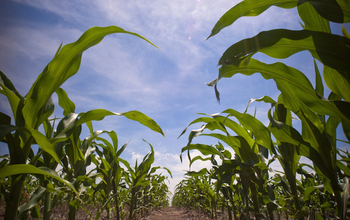All Images
News Release 14-152
Boosts in productivity of corn and other crops modify Northern Hemisphere carbon dioxide cycle
Croplands help drive greater seasonal change in annual cycle
This material is available primarily for archival purposes. Telephone numbers or other contact information may be out of date; please see current contact information at media contacts.

Humans and our croplands are important newcomers to the atmospheric carbon dioxide cycle story.
Credit: Thinkstock

Interactions between Northern Hemisphere agriculture and Earth's atmosphere may be far-reaching.
Credit: Thinkstock

Changes in Northern Hemisphere atmospheric carbon dioxide levels may be linked with agriculture.
Credit: Wikimedia Commons
Download the high-resolution JPG version of the image. (140.0 KB)
Use your mouse to right-click (Mac users may need to Ctrl-click) the link above and choose the option that will save the file or target to your computer.

During the last 50 years, cropland area has been stable, but production has intensified.
Credit: James Jordan/Wikimedia Commons
Download the high-resolution JPG version of the image. (174.7 KB)
Use your mouse to right-click (Mac users may need to Ctrl-click) the link above and choose the option that will save the file or target to your computer.

Corn accounts for two-thirds of the crop contribution to changes in seasonal carbon dioxide.
Credit: Lars Plougmann/Wikimedia Commons
Download the high-resolution JPG version of the image. (305.9 KB)
Use your mouse to right-click (Mac users may need to Ctrl-click) the link above and choose the option that will save the file or target to your computer.

Almost 90 percent of the Northern Hemisphere's corn is produced in the U.S. and China.
Credit: Jess Johnson/Wikimedia Commons
Download the high-resolution JPG version of the image. (81.7 KB)
Use your mouse to right-click (Mac users may need to Ctrl-click) the link above and choose the option that will save the file or target to your computer.


